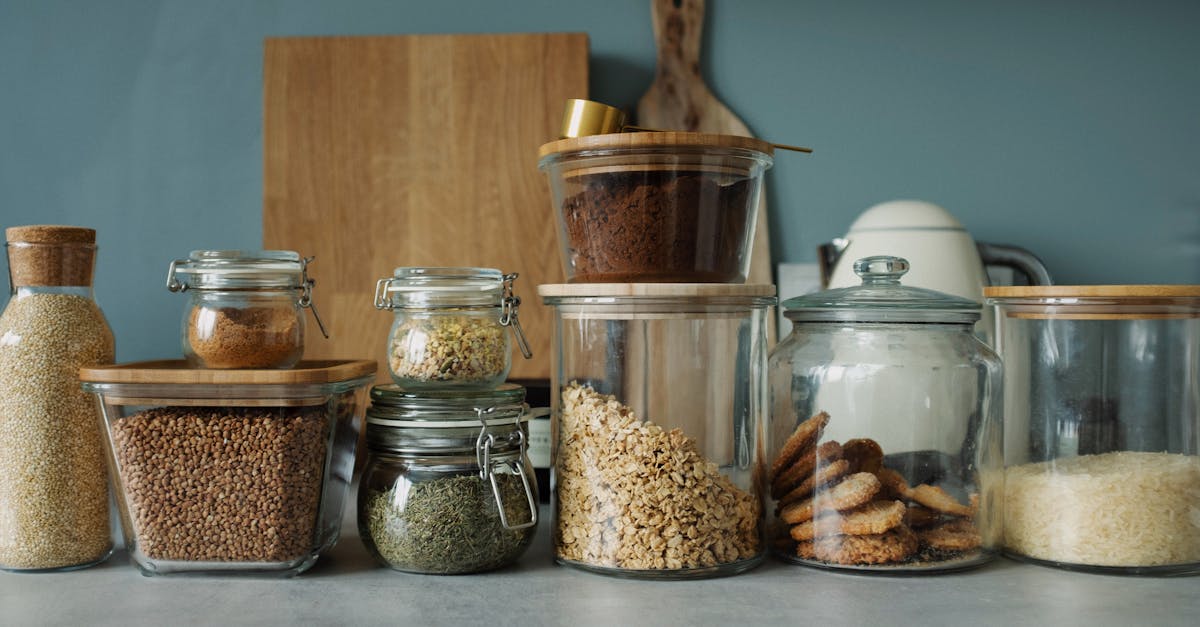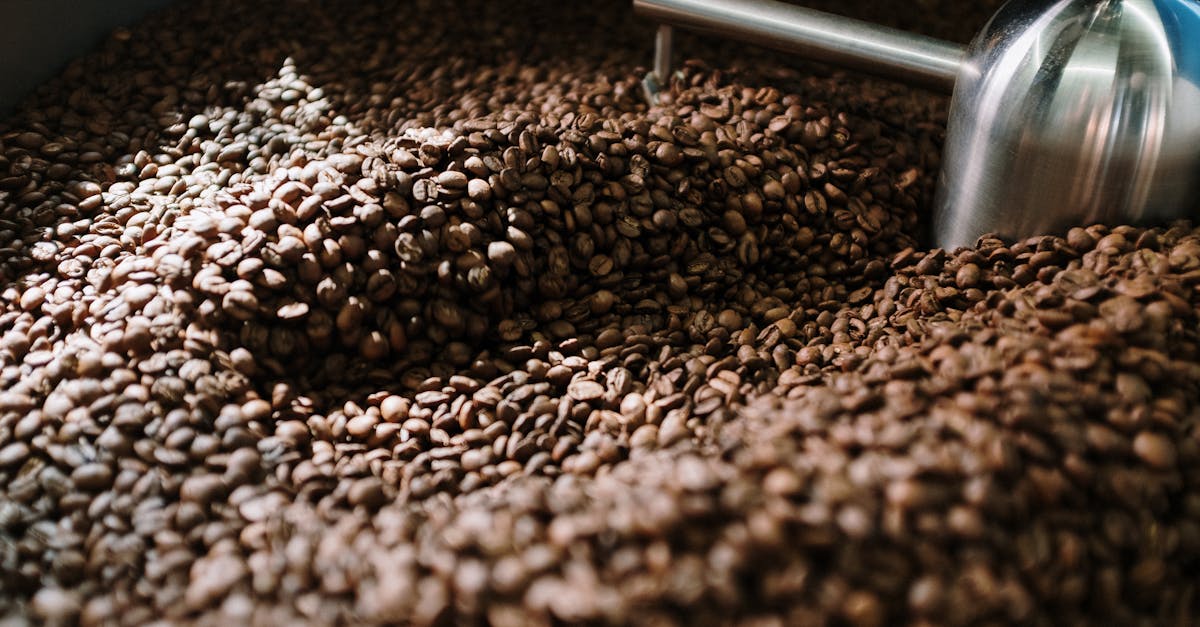Making rice powder at home is a straightforward process that can enhance your culinary experience. Rice powder is a versatile ingredient used in various dishes, from savory to sweet. Whether you want to make rice flour for baking or for thickening sauces, this guide will provide you with easy-to-follow steps to create your own rice powder at home.
| Step | Description |
|---|---|
| 1 | Select Your Rice Type |
| 2 | Wash the Rice |
| 3 | Soak the Rice |
| 4 | Drain the Rice |
| 5 | Dry the Rice |
| 6 | Grind the Rice |
| 7 | Sift the Rice Powder |
| 8 | Store the Rice Powder |
| 9 | Use in Recipes |
| 10 | Experiment with Flavors |
Select Your Rice Type
The first step in making rice powder is to choose the type of rice you want to use. Different rice varieties, such as white rice, brown rice, or jasmine rice, can yield different flavors and textures. White rice is commonly used for its mild flavor and fine texture, while brown rice offers a nuttier taste and more nutrients. Make sure to select high-quality, uncooked rice for the best results.

Wash the Rice
Once you have selected your rice, the next step is to wash it thoroughly. Rinse the rice under cold running water in a fine mesh strainer or bowl until the water runs clear. This process helps to remove excess starch, which can affect the texture of the final rice powder. Proper washing ensures that your rice powder will be light and fluffy, making it suitable for various culinary applications.

Soak the Rice
After washing, soak the rice in water for about 4 to 6 hours. Soaking helps to soften the rice grains, making them easier to grind later. It also aids in the overall texture of the rice powder, giving it a finer consistency. If you’re short on time, a quick soak of 1 to 2 hours can also work, but longer soaking yields better results.

Drain the Rice
Once the soaking period is complete, drain the rice thoroughly using a strainer. Ensure that all excess water is removed, as moisture can lead to clumping when grinding. It’s essential to have dry rice before proceeding to the next step to achieve a fine powder.

Dry the Rice
After draining, spread the rice on a clean kitchen towel or a baking sheet to dry. Allow it to air dry for about 30 minutes to 1 hour. You can also use an oven set to a low temperature (around 150°F or 65°C) for quicker drying. This step is crucial as any residual moisture can affect the grinding process and the shelf life of your rice powder.

Grind the Rice
Once the rice is completely dry, it’s time to grind it into a powder. Use a high-quality blender, food processor, or a grain mill for this task. Grind the rice in small batches for a more uniform consistency. Start with a pulse action to break down the grains, then switch to a continuous grind until you achieve a fine powder. The texture should be similar to store-bought rice flour.

Sift the Rice Powder
After grinding, it’s beneficial to sift the rice powder through a fine-mesh sieve. This step helps to remove any larger grains that may not have been ground finely enough. Sifting ensures that your rice powder is smooth and ready for use in various recipes, from gluten-free baking to thickening soups and sauces.

Store the Rice Powder
Once you have your rice powder, it’s important to store it properly to maintain its freshness. Place the powder in an airtight container and store it in a cool, dry place. You can also refrigerate or freeze the rice powder for extended shelf life. Proper storage will prevent moisture absorption and keep the powder from clumping.

Use in Recipes
Your homemade rice powder can now be used in a variety of recipes. It serves as a gluten-free alternative to regular flour in baking, can be used to thicken sauces, or as a coating for frying. Experiment with different dishes to discover how rice powder can enhance your cooking.

Experiment with Flavors
Don’t hesitate to experiment with flavors by adding spices or other grains during the grinding process. For instance, mixing rice with lentils or adding a pinch of turmeric can create unique blends that add depth to your dishes. The possibilities are endless, and making rice powder at home allows you to customize it to your taste.

FAQs
Can I use any type of rice to make rice powder?
Yes, you can use various types of rice such as white, brown, jasmine, or even basmati. Each type will impart a different flavor and texture to the rice powder.
How long can I store homemade rice powder?
Homemade rice powder can be stored for up to 6 months in an airtight container in a cool, dry place. Refrigerating or freezing can extend its shelf life.
What can I substitute rice powder for in recipes?
Rice powder can be used as a substitute for regular flour in many recipes, particularly in gluten-free baking. It can also thicken sauces and soups or be used as a coating for fried foods.
Is making rice powder at home cost-effective?
Yes, making rice powder at home can be more cost-effective than buying it pre-packaged, especially if you purchase rice in bulk. You also have the advantage of ensuring its freshness and quality.
References:
– [USDA FoodData Central](https://fdc.nal.usda.gov/)
– [National Institute of Health – Rice Nutrition](https://ods.od.nih.gov/factsheets/Rice-HealthProfessional/)
